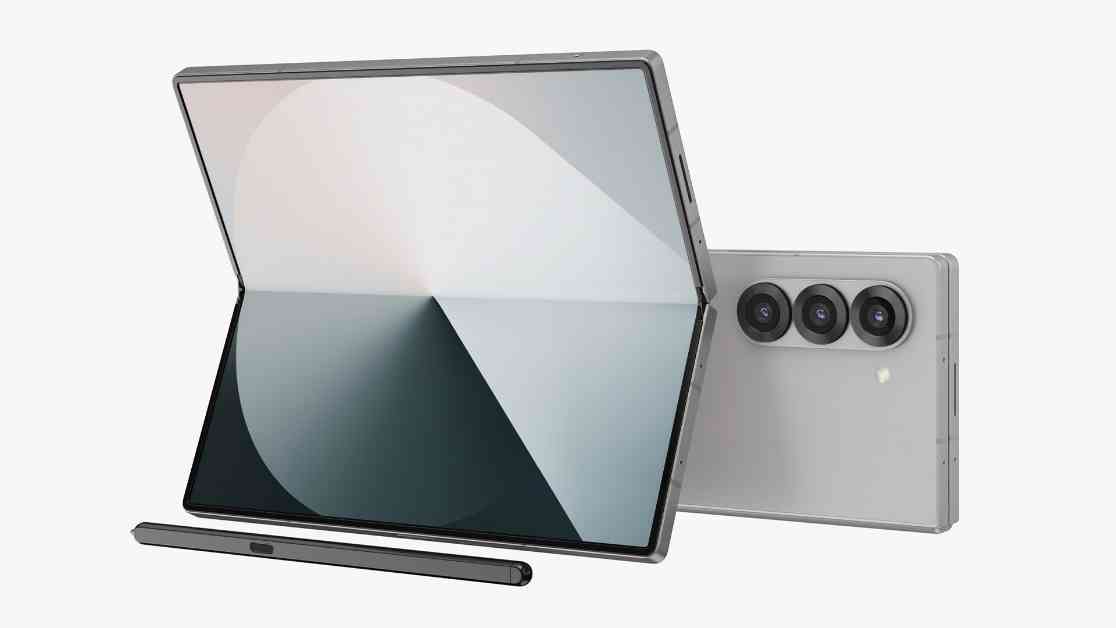Global Foldable Smartphone Shipments Decline in Q3 2024
In the ever-evolving landscape of smartphone technology, a notable shift has occurred in the market as global foldable smartphone shipments experienced a decline in the third quarter of 2024. This decline marks a significant departure from the growth trends seen in previous quarters and raises questions about the future of foldable devices in the mainstream market.
Statistics and Key Players
According to a recent report by Counterpoint Research, Samsung, one of the leading players in the foldable smartphone market, faced a substantial loss in shipments, dropping 21 percentage points compared to its position a year ago. Despite this setback, Samsung maintained its dominant position with 56 percent of global shipments in Q3 2024. Huawei, on the other hand, saw an increase in overall shipments, securing the second position with a 15 percent share. Xiaomi emerged as a standout performer, boasting a remarkable 185 percent shipment boost compared to the previous year.
Challenges in the Foldable Smartphone Market
The decline in global foldable smartphone shipments can be attributed to several factors, with the report highlighting two key reasons for this downturn. Firstly, the underwhelming launch of Samsung’s Galaxy Z Fold 6 and Galaxy Z Flip 6 failed to generate significant interest among consumers, leading to a lackluster performance in the market. Secondly, the prohibitively high prices of foldable devices remain a major obstacle for widespread adoption.
Senior analyst Jene Park from Counterpoint Research emphasizes that the foldable smartphone market is in a transitional phase, moving from a niche category to a mainstream one. While user satisfaction with foldable devices is high, the high price point acts as a barrier for many potential buyers. Park suggests that manufacturers need to prioritize improving price accessibility, enhancing technological reliability, and addressing consumer perceptions to overcome this phase successfully.
Future Outlook
Despite the challenges faced by the foldable smartphone market, manufacturers like Samsung and Huawei are expected to continue their efforts to innovate and improve their offerings. However, the high component costs associated with foldable devices may limit the possibility of significant price reductions in the near future. As a result, the foldable smartphone category is likely to remain niche-oriented for the foreseeable future, with limited mainstream adoption expected.
In conclusion, the decline in global foldable smartphone shipments in Q3 2024 underscores the complexities of transitioning from niche to mainstream markets. While challenges persist, the potential for growth and innovation in the foldable smartphone sector remains promising, albeit with certain limitations to overcome. As technology continues to advance, it will be interesting to see how manufacturers adapt to consumer demands and market trends in the coming years.













